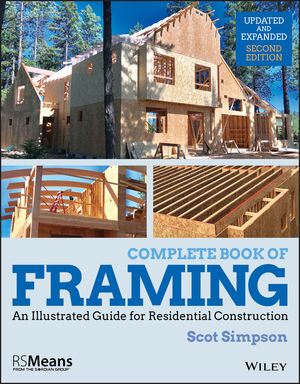
The first car I ever owned was a 1969 VW Beetle, and it came with full shoulder/lap harnesses. Without any pressure from the government, I made the choice to use the seatbelt. Passenger restraints in automobiles were later required by the government - followed by air bags and many other protective measures. While the automotive industry whined and complained, the cost of each new safety feature went right through them to the consumer (with the appropriate margins, of course). The “New Beetle” of today is arguably safer and doubtless more expensive to build than its 1969 predecessor.
Have all the new safety features made a difference? According to a report by the National Highway Traffic Safety Administration, “The occupant fatality rate (including motorcyclists) per 100,000 population, which declined by 22.7 percent from 1975 to 1992, decreased by 8.5 percent from 1992 to 2007.” Some folks argue that occupant restraints in automobiles do not make a difference. Some folks believe it is none of the government’s business. I have chosen to use a seatbelt since way before it was mandated and I do not believe the practice ever saved my life. But I believe it could tomorrow.
A couple of years after my VW Beetle arrived, the Occupational Safety and Health Act (OSHA) was signed into law by President Richard M. Nixon. U.S. Secretary of Labor, Hilda L. Solis, recently wrote that the death rate for American workers had fallen from 38 per day before OSHA to 12 per day. Secretary Solis went on to state, “But one worker death, one injury, or one illness is one too many.”
On June 16, 2011, OSHA begins enforcing fall protection rules for residential roofing workers under the rules promulgated in 1999, but without allowing the use of slide guards. There are exceptions, so if you have not done so already you should seek complete direction from OSHA on its website,www.osha.gov.
I am the same person I was when I chose to wear the seatbelt in my 1969 VW Beetle. In many cases federal regulations and government interference make me crazy, but I believe in the intent OSHA has put forward in this latest initiative. The roofing industry should not accept a death or injury from a fall in the work we do on residential roofing and re-roofing. Not one.
We can continue to argue for more sensible regulations and enforcement from the governmental agencies, but we simply must buy into the idea that full fall protection is a good thing for our workers and ultimately for our industry. You may argue that it is just one more thing to put legitimate roofing contractors at a disadvantage when competing with individuals portraying themselves as pros while cheating on taxes, insurance, and safety. True enough. But this is the right thing to, and ultimately right is going to win.
P.S. - Roofing Contractor is free to professional roofing contractors thanks to our great sponsors and advertisers. But you must choose to receive (or continue receiving) Roofing Contractor. Take a moment to sign and send in the subscription card from the front of this month’s issue or go online to sign up for the print edition atwww.RoofingContractor.com/renew2011or go towww.RoofingContractor.com/switch2011to make the switch to our digital version.





